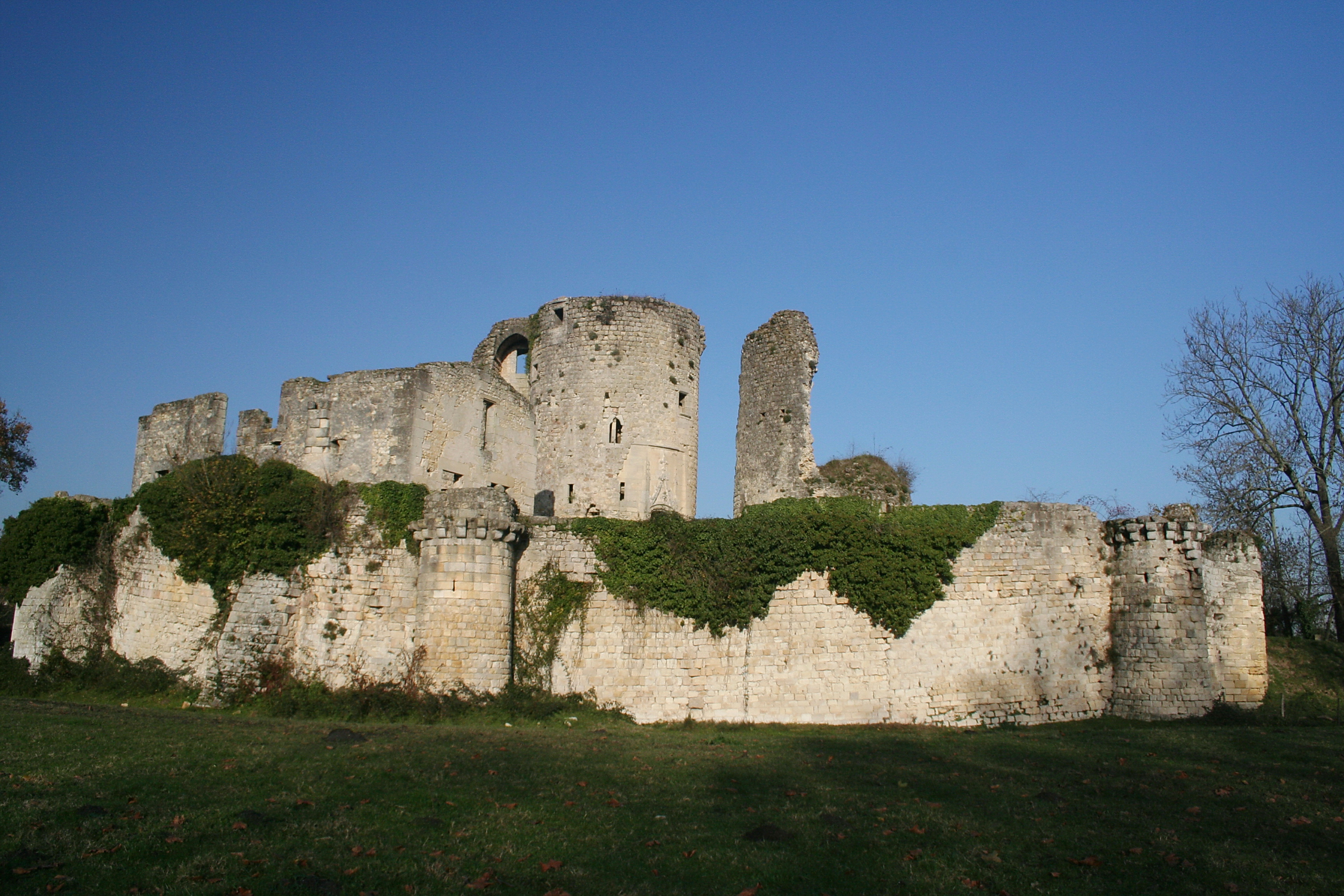The architecture of medieval castles represents a symbol of power, defense, and prestige that developed in Europe between the 9th and 16th centuries. These majestic buildings were designed not only to withstand military attacks, but also to reflect the high social position of their owners. Through the ages, these fortresses evolved from simple wooden structures to imposing stone constructions, incorporating increasingly refined architectural elements.
The Fundamental Characteristics of Medieval Castles
Medieval castles were often built in strategic locations, such as hills or rivers, to provide natural protection against invaders. The construction of castles was strongly influenced by defensive needs, but also by constantly evolving architectural techniques.
- The Keep : At the heart of every medieval castle was the keep, a massive, fortified tower that served as both a residence for the lord and a last refuge in the event of attack. Over time, dungeons became larger and more complex, featuring multiple stories, battlements, and sometimes drawbridges.
- The Walls : Medieval castles were often surrounded by high walls, reinforced with towers and battlements. These ramparts provided a first line of defense against enemy attacks. Some castles, such as those in France and England, were equipped with water-filled moats to further complicate the assault.
- Towers : Medieval castles had several towers scattered along their walls. These towers allowed soldiers to have a clear view of the surroundings and offered ideal positions to repel invaders.
The Evolution of Defensive Architecture
Over the centuries, castle architecture evolved to respond to military advances and new siege weapons. Initially, castles were built primarily of wood, making them vulnerable to fires and prolonged attacks. From the 11th century, stone became the main material, considerably strengthening the resistance of fortresses.
With the introduction of trebuchets and cannons in the Middle Ages, castles had to adapt to better protect themselves. This led to the thickening of walls, the lowering of towers to make assaults less effective, and the development of outer bastions to deflect direct attacks. Certain castles, such as that of Carcassonne, illustrate this evolution with complex fortification systems and double enclosures.
The Influence of the Gothic Style
From the 12th century, the influence of the Gothic style began to be felt in the architecture of medieval castles. This style, characterized by flying buttresses, narrow pointed windows, and elegant vaults, brought a new aesthetic dimension to fortresses. Gothic castles, like the Château de Pierrefonds, are distinguished by their verticality and their sculpted decorations, while retaining their defensive function.
The Residential Castle
As medieval warfare diminished and the need for absolute defense became less crucial, many castles evolved into true stately residences. Lords sought to display their wealth and power through more decorative architectural features, such as larger windows, lavish banquet halls, and landscaped gardens.
Châteaux such as those of the Loire, such as the Château de Chambord, illustrate this transition. Although they retain certain defensive elements, they are above all symbols of prestige and refinement.
The architecture of medieval castles bears witness to a time when defense and prestige were closely linked. From simple fortifications to refined stately homes, these impressive buildings continue to fascinate and serve as reminders of great moments in medieval history. Today, the castles are treasures of architectural heritage, inviting you to discover the defense strategies and lifestyles of the lords of the Middle Ages.
Photo credit to author: Joel camelot , CC BY 3.0 , via Wikimedia Commons
Follow “ ProprietesDeCharme.com ” on YouTube but also on Facebook Twitter LinkedIn Instagram Pinterest


